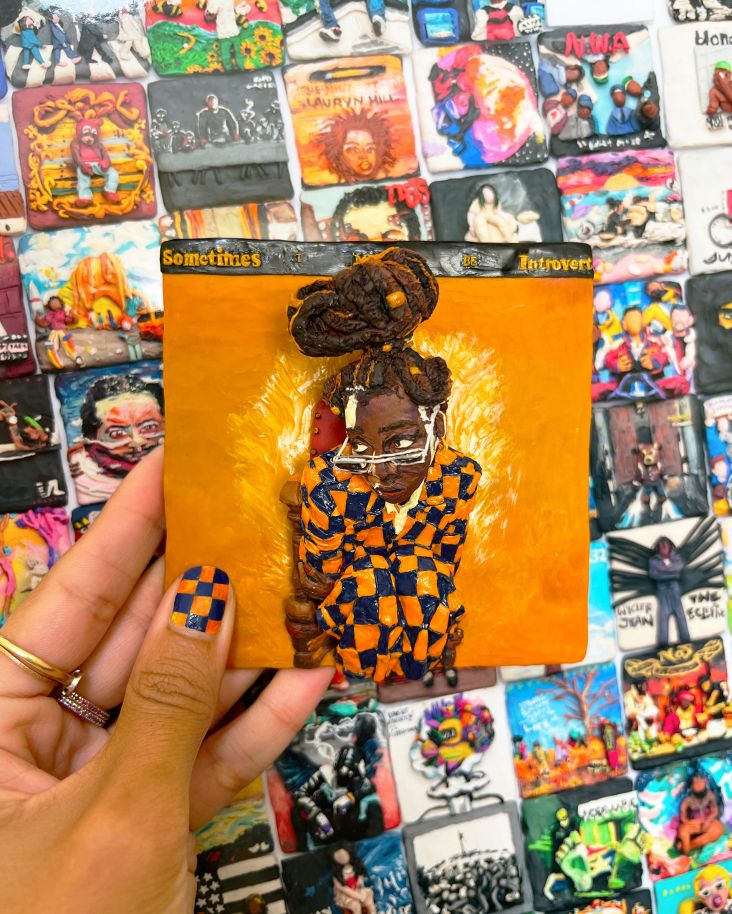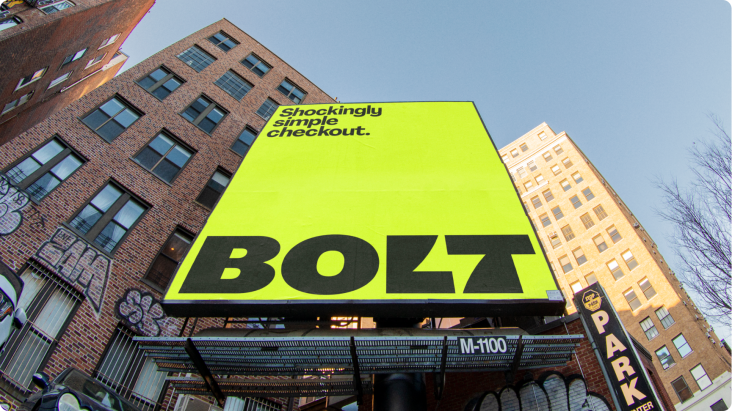The Value of Brand: If yesterday's brands were all about repetition, what are they today?
Steve Forbes believed "your brand is the single most important investment you can make in your business". But as intangible assets go, a 'brand' is hard to pin down – let alone financially quantify. It's much more than a logo or instructions on the tone of voice. A brand should transcend not just reasons to buy but become a reason to believe. So what, then, is the value of 'brand'?

How&How London
At my design agency How&How, we know a successful brand can not only make a company look better for investors and/or customers but also galvanise a company's employees, boost business relevance and ultimately, turnover.
But in our experience, it's also a lot more nuanced than that.
Perhaps the best way to think about brands is to imagine a cluster of gut feelings, experiences and ideas. Thinking of Nike might bring to mind the famous swoosh, 'Just Do It', and the colour black. But perhaps also sneakers, child labour, that Colin Kaepernick commercial, the Olympics, China, and the hoodie you thrifted on Depop last winter.
This makes brands a complicated thing to pin down and define, let alone build. Yet as brand builders, it's up to us to guide these associations.

How&How Lisbon
In the early stages of a company's growth, the long-term benefits of branding often play second fiddle to short-term sales targets and lead-generation campaigns. When this strategy hits an inevitable performance plateau, defining and building a distinctive identity is the only way forward.
We can attribute this to two reasons: successful branding decreases price sensitivity. In other words, the ability to raise prices without losing business. Successful branding also increases memorable impact or the likelihood of your brand coming to mind in a buying moment by a consumer.
Of course, branding has other important advantages, such as attracting and retaining top talent, making internal decision-making more efficient, and sales activations more effective, to name a few. These benefits have long been possible through branding, but our understanding of how brands can fully realise them has evolved.
In decades past, the primary ambition of branding was to reduce the perceived risk of buying a product. Companies developed a few visual assets within a narrow scope of creative freedom and then deployed them as consistently as possible. In branding terminology, this was known as creating a "corporate identity". More recently, the expectations of brands have risen.
In an age of political distrust and unbridled capitalism, brands have emerged as an alternative means of realising better futures. Brands are no longer merely indicators of quality and value but rather vessels of meaning and value.
In other words, the purpose of brand-building has shifted: from appearance-making to meaning-making. And in the process, it went from a necessity to a responsibility.
Brands have always helped people keep companies accountable, but this has never been more true than today. Brands that misrepresent their products and clash with the values of their audience are quickly swept away.
So what is a brand to do?
This expectation of meaning-making demands more from brands than just design. Successful brands today make strategic decisions about the meaning they wish their brand to carry, build toolkits of dynamic visual assets, and develop on-brand digital experiences.
If yesterday's brands were all about repetition, today's are about reinterpretation – embracing new and creative ways to bring their brand to life while remaining recognisable and a business that consumers trust and believe in.
It is how to turn a business into a brand.





















](https://www.creativeboom.com/upload/articles/ed/ed4263f55295ebc3974424ae8fc5701923c3956b_732.jpg)




